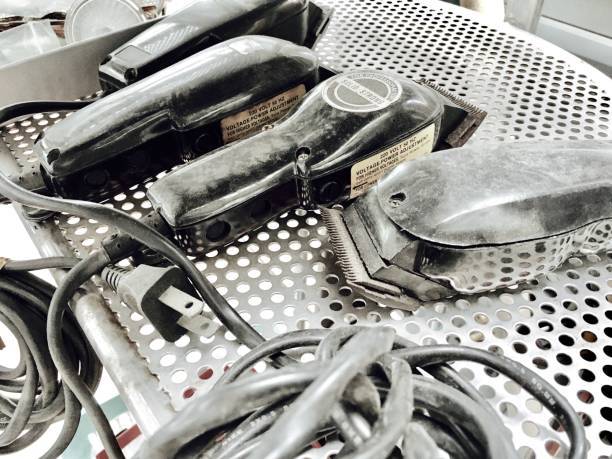Your clipper blade’s blade guide will become dry from sprays (plastic part on top of the blade). Sprays have cleanser in them, which gets rid of the grease. When this occurs, the dry plastic will scrape against the steel, causing a high-pitched squeak to be heard. Steel rubbing on steel produces heat and noise.
The increased friction will cause clipper blades to cut more slowly. The blade has to be relubricated with several drops of oil. The clipper will speed up again and produce less heat after the blade has been reoiled. The dry blade guide and faster clippers are the main contributors to blade heat.
A blade may stop functioning when it heats up, but as it cools down, it normally resumes.
Metal expands when it heats up, increasing friction. The blade appears to be dull because the clipper can’t move it as quickly.
Having three or four of the same number of blades and rotating them out when they become too warm is the best technique to combat clipper blade heat. Some people place them under a fan, on a piece of ceramic tile, or on an aluminum piece. If you do this while grooming, the interval between sharpenings will grow.
Any time two metal objects brush against one another, oiling is required.
Consider the blade to be an engine. Your engine will seize up if you don’t maintain oil in it, and repairs will be expensive.
Your equipment’s maintenance costs and the frequency with which you should sharpen your clipper blades can be significantly reduced by keeping it clean, well-lubricated, and maintained.


Leave a Reply